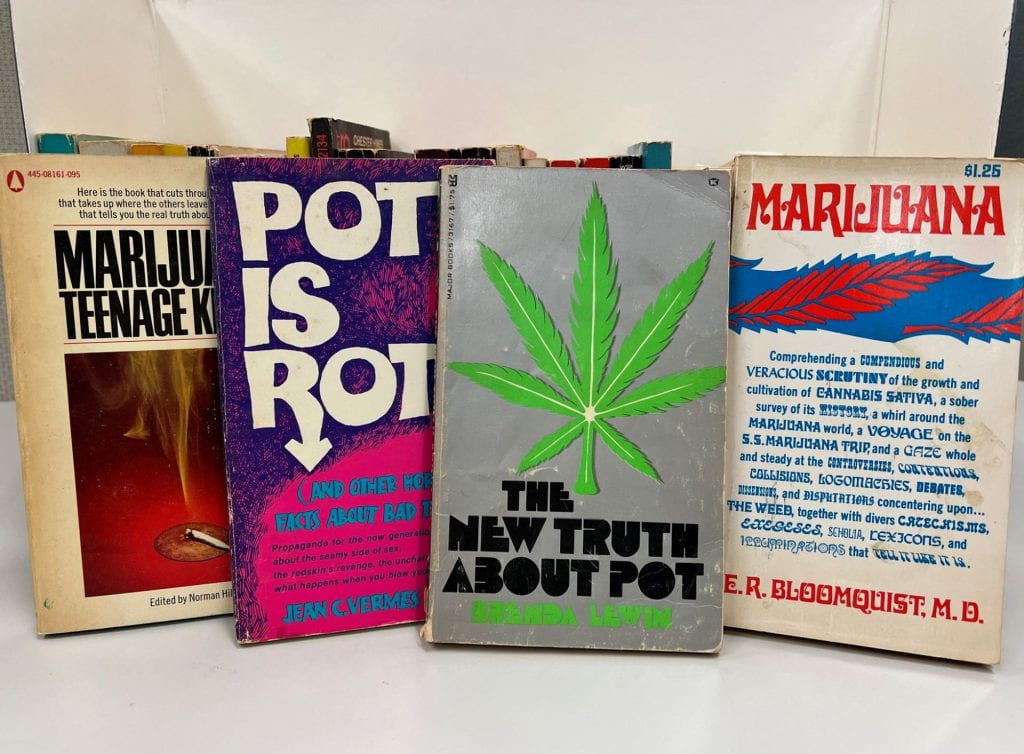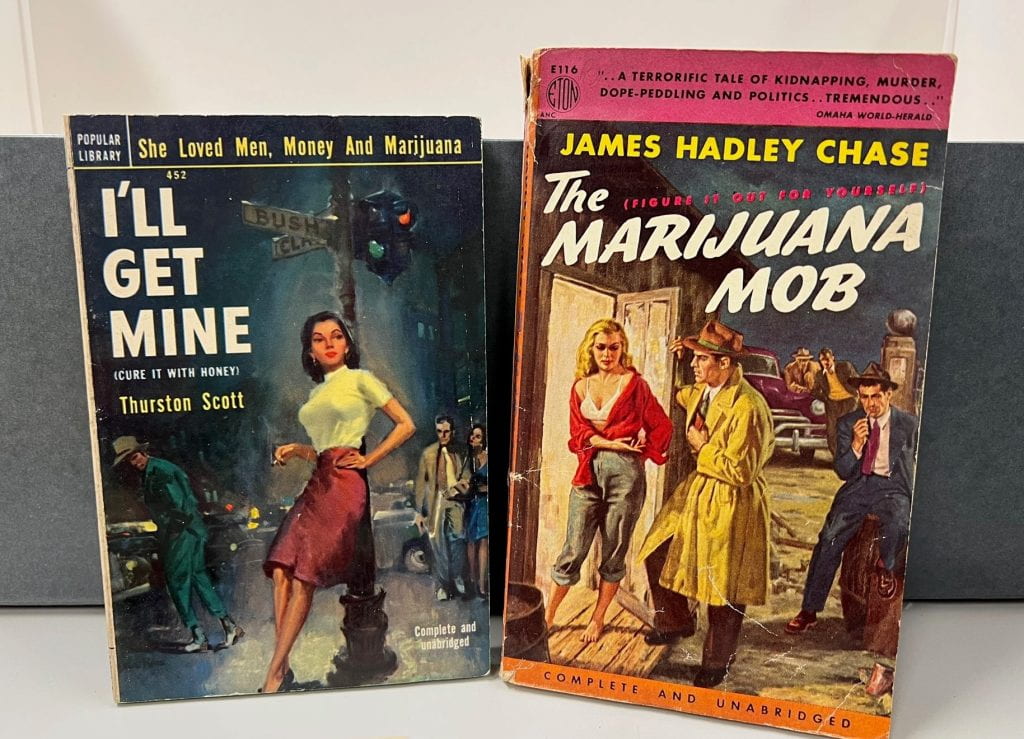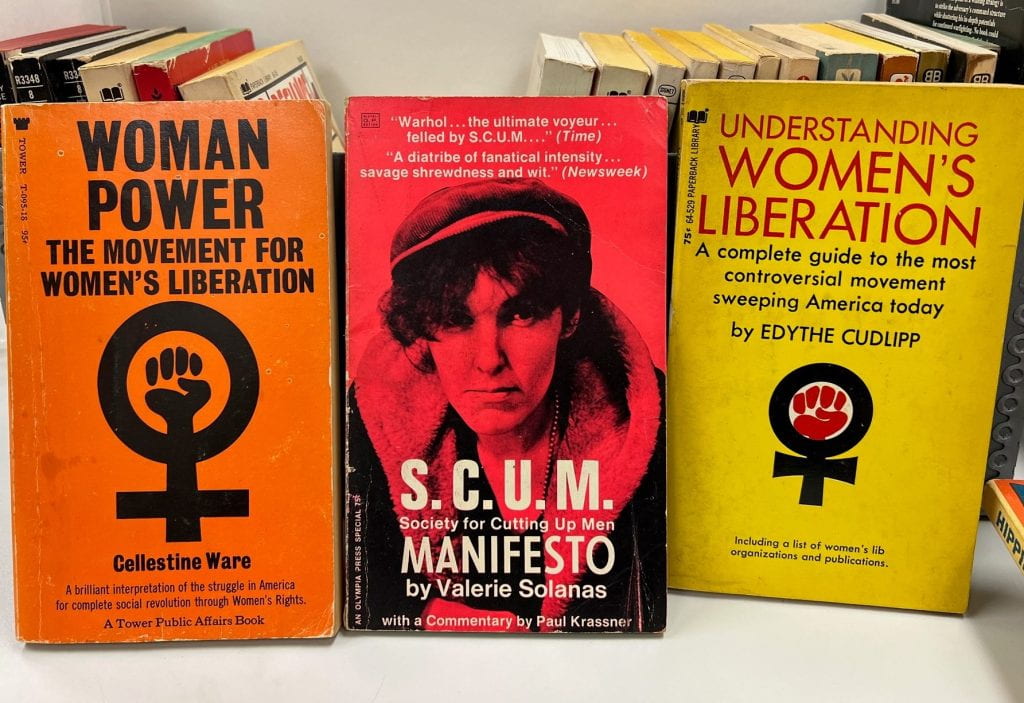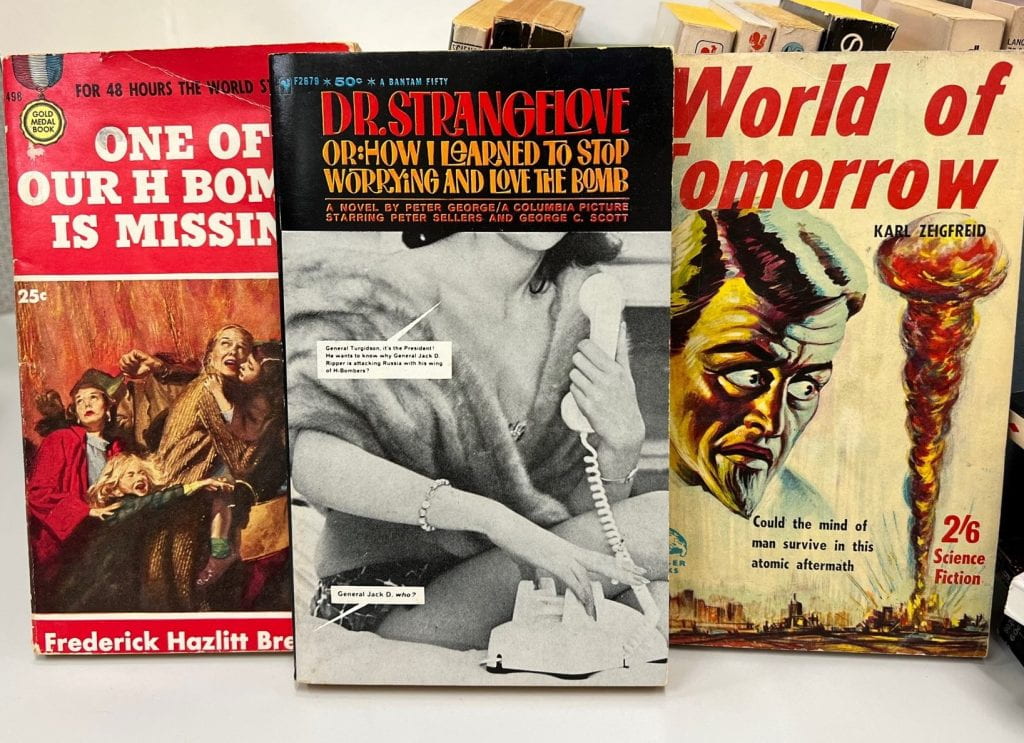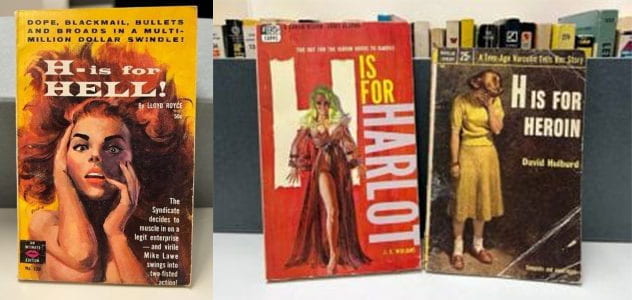By Julie Calcagno
What do sci-fi pulp, countercultural newspapers, and 1960s books on marijuana have in common? They’re enjoyable reads, food for thought and debate, and part of the diverse collections held by Northwestern University Libraries. Another unfortunate commonality is that they can all become super brittle.
Like most libraries, ours contains items that are printed on paper made from groundwood pulp, which over time becomes acidic, resulting in fragile, brittle paper. It came into production in the mid-nineteenth century as an economical and readily produced alternative to paper made from cotton and linen. Most people are familiar with this type of mass-produced paper from pulp fiction books and daily newspapers, but it has been used for vast amounts of printed items. For more than 30 years, the preservation department has used mass deacidification to extend the life and accessibility of at-risk books, newspapers, and other paper items.
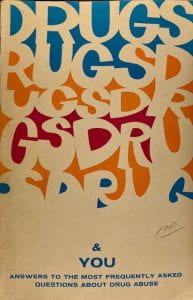
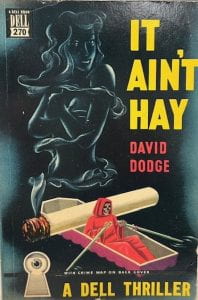
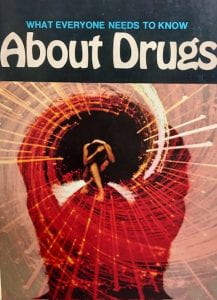
A sampling of books from the Charles W. Moore collection held in the Charles Deering McCormick Library of Special Collections. These books are printed on paper that becomes brittle over time.
Deacidification is the treatment of paper with a non-toxic alkaline buffer of magnesium oxide to neutralize harmful acids, thereby preventing the paper from becoming weak and brittle—or at least buffering it against further degradation. However, this process cannot reverse the deterioration that has already occurred. According to Preservation Technologies, the vendor responsible for the deacidification of NUL materials, paper treated with this buffer has a life expectancy of three to five times longer than paper left untreated.
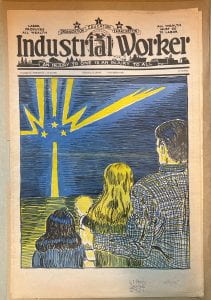
Example of a deacidified newspaper
Preservation staff work alongside curators to identify materials that are good candidates for deacidification. We prepare items for shipment to the vendor, track them throughout the process, and perform quality assurance upon return. If they are special collections, we safely house them in archival boxes or binders. The NUL collections that have been deacidified over the decades are enormous and varied. They include Herskovits African language books, Transportation Library maps, art folios, and other areas of the circulating collections. Thousands of science fiction and gay pulp fiction books published from the 1950s through the 1980s, located in the Charles Deering McCormick Library of Special Collections and University Archives, have undergone deacidification, as well as thousands of countercultural newspapers from the ‘60s through the ‘90s.
The most recent books to receive this special treatment are part of a larger collection – the Charles W. Moore collection – focused on political, social, and cultural movements from roughly the 1950s through the 1970s. Recently acquired and held in the McCormick Library, the Moore collection contains over a thousand books at risk of deterioration. Though a large a portion of the books relate to drug culture, the books cover a range of timely issues like the atomic bomb and nuclear age, civil rights, the antiwar movement, feminism, and rock ‘n’ roll. We affectionately call the collection “Moore Drugs” for short.
Moore Collection books from the ‘50s-‘70s that have been deacidified
Although the nature of these works can be considered in the context of American social norms and counterculture of the times in which they were produced, they are easy to appreciate today for their far-out titles (“Passion-mad, they were trapped high on – The Lust Ladder”), groovy typography (that 1970s Zipper font on Bad Trips is a trip), and cool pop graphics (check out the cover of Psychedelic Sex)!
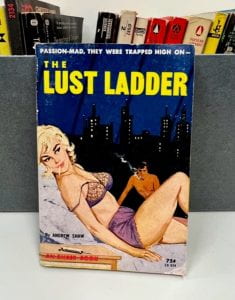
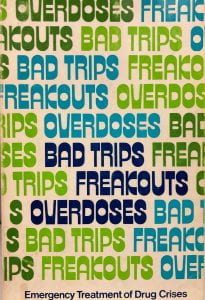
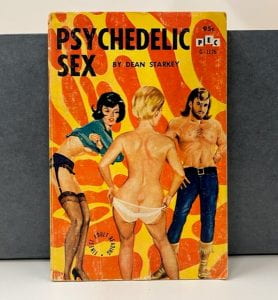
Deacidification, along with non-acidic enclosures and a steady climate-controlled environment, keep these items accessible long into the future. And we definitely want them to stick around, because we have so much to learn from them – like, what does “H” really stand for?

